11 Things you Should Know About Bed Bugs
Bed bugs are small, parasitic insects that feed on the blood of humans and animals, causing irritation for their hosts, and often leading to sleepless nights.
Worst still these critters hide in small cracks and crevices, making them difficult to detect and eliminate.
In this article we will cover how you can find bed bugs, what are some of the steps that might be taken to get rid infestations and answer some common questions about these pesky invertebrates.
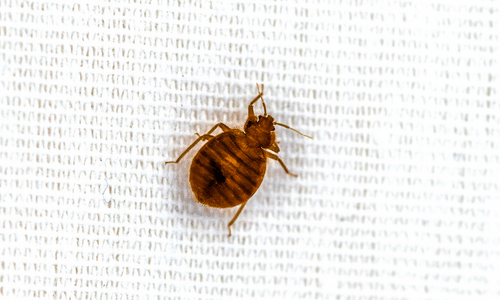
Are bed bugs dangerous
Bed bugs are not known to be responsible for spreading any diseases that could potentially harm humans.
They do, however cause skin irritation and in some rare cases allergic reactions through their bites.
Additionally, the stress and inconvenience of dealing with a bed bug infestation can have a significant impact on one's mental well-being.
Therefore, it is important to take action promptly if you suspect an infestation in your home or establishment.
We'll get on to how you can treat an infestation shortly.
Are bed bug bites itchy
Bed bug bites can cause itching and irritation.
Some individuals may have stronger reactions to bed bug bites, resulting in more pronounced itching and inflammation.
It is important to resist scratching the affected area as this can lead to further irritation and potential infection.
Instead, try to keep the area clean and avoid scratching.
You might find that placing a cool damp flannel on the bites helps calm irritation and redness.
To learn more about bed bug bites see this NHS article.
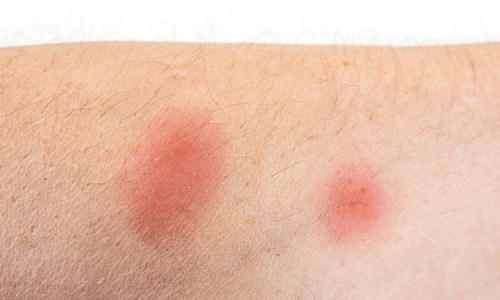
When do bed bug’s bite
Bed bugs typically bite at night while their host is sleeping however, they can also bite during the day if you are sitting or lying in an area where they are hiding.
Are bed bugs common
Unfortunately, yes. Bed bugs have become increasingly common in recent years.
These pests can be found in homes, hotels, and even public transportation vehicles.
When staying at in a hotel or unfamiliar environment you may find it useful to quickly check for some of the tell tail signs of bed bugs. We'll get on to how to do this shortly.
What do bed bugs look like and some signs that you may have an infestation
Bed bugs are small, flat, oval-shaped insects, that look like an apple seed.
They are reddish-brown in colour and can range from 5 to 7 millimetres in size.
Adult bed bugs often appear swollen and darker in colour after a blood meal.
You might also see signs of eggs; these appear as small whitish-yellow specks.
Include spotting the actual bugs, other signs include finding clusters of bites on the skin or dark spots on your sheets, mattresses or bed frame.
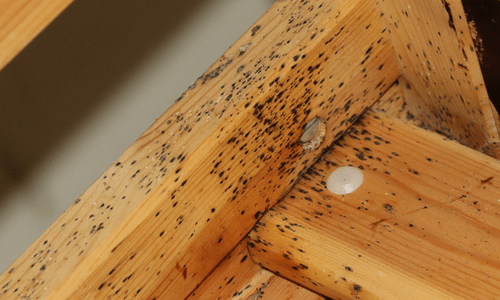
This is the bug's excrement and usually appears in clusters around the area where the bugs are hiding.
Bites on the other hand may take several days to appear and can cause irritation and redness.
You might also smell musty odour near the infected area. This could be a sign that you have a serious infestation.
How do bed bugs spread and where do they hide
Bed bugs can spread through contact with infested items.
They can also hitch a ride in luggage or furniture brought into a home or establishment.
They typically hide in cracks and crevices near where people sleep, such as in a crease of a mattresses, bed frame or headboard.
Are bed bugs hard to get rid of
Getting rid of bed bugs can be a difficult and time-consuming process as they hide in hard-to-reach areas hidden away from clear view. They also have the ability to go long periods without feeding and reproduce quickly.
However, there are a number of ways you could get rid of bed bugs including:
- Using a vacuum cleaner to remove any bugs and eggs you can see.
- Washing and tumble dry infested bedding.
- Spraying the area with a bed bug treatment.
- Using a steam cleaner to kill any bugs or eggs.
If the problem persists you may find it helpful to seek a professional pest controller to eliminate an infestation.
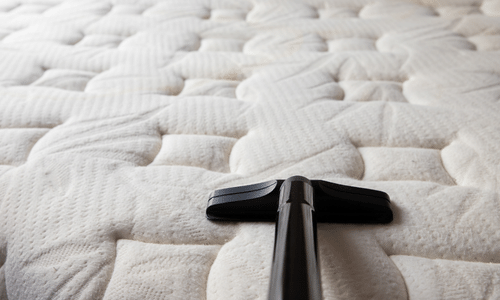
Will bed bugs go away
It's unlikely that bed bugs will go away on their own. They can go many months without feeding and reproduce quickly, so can can establish a persistent infestation.
Therefore, it is important to take action to address the infestation. Otherwise, the problem may continue to persist or worsen. It is also important to take steps to prevent future infestations.
Can bed bugs live in clothes
Bed bugs can potentially live in clothing, particularly if the clothing is left in an infested area for a prolonged period of time.
For example, your clothing may pick up bed bugs if you sit on infested furniture or stay in an infested room such as a hotel.
To prevent bringing bed bugs into your home through clothing, wash and tumble dry all your garments from your trip if you feel like you've been exposed to an infested environment.
Washing will get rid of many of the bed bugs, but tumble drying on high heat can kill any that remain.
How bed bugs survive
Bed bugs feed on the blood of humans and animals. They are able to survive for several months without a meal, but they will actively seek out hosts in order to fulfil their nutritional needs.
Bed bugs are also able to survive in a wide range of temperatures and environments, as long as they have access to a food source.
If temperatures drop the bugs can remain dormant until warmer conditions return, and they are able to feed again.
How do you prevent bed bugs
To prevent bed bugs, regularly inspect your home for signs of infestation and vacuum frequently.
When traveling, carefully inspect hotel rooms before settling in.
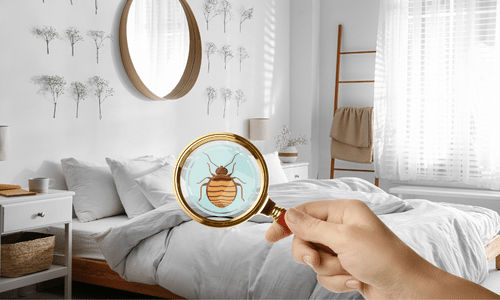
Avoid bringing second hand furniture or clothing into the home without properly checking and cleaning them first.
You could also use special fitted bed sheets and mattress covers to prevent bed bugs from taking up residence in your bed.
If you find that you have an infestation in your home and are unable to get rid of the problem with treatment methods, it may be worth investing in a new bed.
At The Bed Shop & Sofa Superstore, we have a wide selection of beds that can help solve your problem.
With our low prices and high-quality products, we are sure you will find the perfect bed for your needs.









